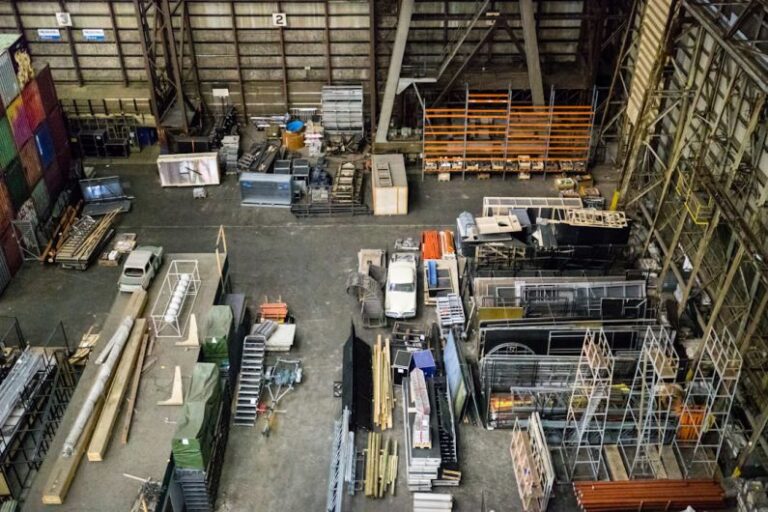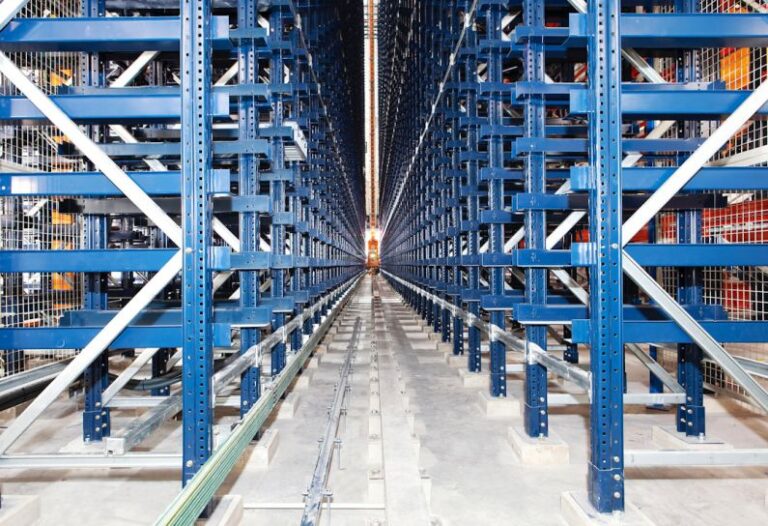Advances in Material Handling Equipment
Material handling equipment plays a crucial role in various industries, facilitating the movement, storage, control, and protection of materials and products throughout the production process. As technology continues to evolve, so does the landscape of material handling equipment. In recent years, significant advancements have been made in this field, revolutionizing the way materials are handled and improving efficiency, safety, and productivity in industries worldwide.
Automation in Material Handling
One of the most significant advancements in material handling equipment is the integration of automation technologies. Automated guided vehicles (AGVs) and autonomous mobile robots (AMRs) have transformed the way materials are transported within warehouses and manufacturing facilities. These self-guided vehicles can navigate through complex environments, pick up and drop off materials, and optimize routes for maximum efficiency. By reducing the need for manual labor and streamlining material flow, automation technologies have greatly improved productivity and accuracy in material handling operations.
Innovations in Conveyor Systems
Conveyor systems have long been a staple in material handling, but recent innovations have taken these systems to new heights. Advanced conveyor belts now come equipped with sensors and smart technology that allow for real-time monitoring of material flow, speed adjustments, and automatic sorting of products. These intelligent conveyor systems not only enhance efficiency but also contribute to better inventory management and reduced product damage during transportation.
Leveraging Robotics for Warehousing
Robotics has played a significant role in transforming the warehousing industry, particularly in the realm of material handling. Robotic arms and grippers are now capable of performing a wide range of tasks, from palletizing and depalletizing to order picking and packing. Collaborative robots, or cobots, work alongside human operators to streamline material handling processes and improve overall efficiency. By leveraging robotics in warehousing operations, companies can significantly reduce labor costs, increase throughput, and enhance workplace safety.
The Rise of Wearable Technology
Wearable technology has also made its mark on material handling equipment, offering enhanced capabilities for workers on the front lines. Wearable devices such as smart glasses and wrist-worn scanners provide real-time information, instructions, and alerts to warehouse personnel, improving communication and efficiency on the warehouse floor. These devices enable workers to access vital data hands-free, allowing them to focus on their tasks while staying connected to the broader system.
Advancements in Lift Trucks
Lift trucks, including forklifts and reach trucks, are essential for material handling operations in warehouses and distribution centers. Recent advancements in lift truck technology have focused on improving safety, ergonomics, and efficiency. Electric-powered lift trucks are becoming increasingly popular due to their eco-friendliness and reduced maintenance requirements. Additionally, features such as cameras, sensors, and telematics systems have been integrated into modern lift trucks to enhance visibility, prevent accidents, and optimize fleet management.
The Impact of Artificial Intelligence
Artificial intelligence (AI) is another game-changer in the realm of material handling equipment. AI-powered systems can analyze vast amounts of data to optimize material flow, predict maintenance needs, and even suggest process improvements. Machine learning algorithms enable equipment to adapt and learn from their operating environment, leading to more efficient and reliable material handling operations. AI-driven solutions are paving the way for smarter, more adaptive material handling equipment that can continuously improve performance over time.
Enhancing Sustainability in Material Handling
Sustainability has become a key focus in the design and development of material handling equipment. Manufacturers are increasingly incorporating eco-friendly materials, energy-efficient technologies, and recyclable components into their products. By reducing energy consumption, minimizing waste, and lowering carbon footprints, sustainable material handling equipment not only benefits the environment but also helps companies meet their sustainability goals and reduce operational costs.
Innovative Approaches to Material Handling Challenges
As material handling equipment continues to evolve, new and innovative solutions are emerging to address the challenges faced by industries. From predictive maintenance and remote monitoring to digital twinning and predictive analytics, cutting-edge technologies are revolutionizing the way materials are handled, stored, and transported. By embracing these advancements and staying ahead of the curve, companies can enhance their competitiveness, improve operational efficiency, and drive growth in an ever-evolving market.
Advances in material handling equipment are reshaping the industry landscape, offering new possibilities for improved efficiency, safety, and productivity. With automation, robotics, AI, and sustainable practices at the forefront of innovation, the future of material handling looks bright and promising. By adopting these technologies and embracing change, companies can stay ahead of the curve and drive success in the dynamic world of material handling.






